Yet another air tragedy.
And this time, it’s the 24 year old German Airliner Airbus A320 (4U9525) in the French Alps. This is possibly one of the worst air accidents on French soil in decades. Even today when you mention the MH 370 flight, you have people exclaiming about it or putting forth some theory that they feel explains this event. The speculations around this incident included everything from mechanical failures to military coups. There have even been talks of alien abductions, which talked of complete planes being taken to alien ships and with plans to take over our planet.
However, if you really want to find answers and thereby offer solutions for such problems, you are better off looking at it from a purely engineering point of view. It is not that research is not being done in such areas.
When it comes to airplane disasters, the blame can be pinned on these three categories, broadly speaking:
Human error
: The human error for a plane crash could be attributed to pilot fatigue or error, sabotage and other such causes. Error, in this case would be the pilot misreading the signals, or ignoring information or even having a health issue. I am sure that all efforts are being made to reduce human error by training personnel well and also taking measures to ensure that issues related to sabotage are also cut down to the extent possible. Here are some typical examples of such instances:
- In the year 2005, a flight of Helios airways crashed due to the flight cabin depressurizing.
- In the year 1976 the heart attack of a captain resulted in the crash of the 1976 South African AW flight.
- Serious psychological problems of the pilot caused a flight to Tokyo to be put in reverse in the middle of the flight with bad results.
Machine issues:
Speaking from a very practical point of view, this is one aspect that we could exert the most control over. However, we can still see errors occurring with failure of landing equipment, striking of tail during takeoff or flawed wing design among many other such errors. The thing about aircrafts is that a single aspect of the mechanics of the machine like a door that does not close properly, or landing gear that does not function fully or a control panel setting gone wrong, can result in endangering the entire craft. Here are some scary examples for this aspect:
- A flight from Turkish Airlines to France crashed due to a design problem in the cargo door latch in 1974 killing all 346 onboard.
- The flawed wing design leading to cracks due to metal fatigue and failure of wings led to the West African Airways Nigeria crash in 1955.
This, along with other reasons is why Testing and Qualification is very important in the design and production of an Aircraft. Here is an example of Cyient’s work on
Certification and Qualification Test Engineering across the Life Cycle of Airborne Systems
.
Nature’s influence: Though we as mankind over the years have tried to study nature and attune our machines to deal with what nature bestows on us, have not been that successful. Efforts are made to ensure that the aircrafts are strengthened to face the vagaries of weather. A plane with 103 passengers crashed in 2010 due to poor weather conditions resulting in the pilot overshooting the runway.
Errors related to weather normally are factors like turbulence due to uncertain weather,poor visibility due to weather changes or even lightning strikes. It may surprise you to know that the one of the leading cause for plane crashes is due to bird strikes!
- In the year 1962, a single swan caused the crash of a Unite Airlines flight as it tore the plane’s horizontal stabilizer.
- In June 2013, an Airbus 320 flew through a flock of European starlings. More than 150 starlings died, and 30 impact points, including both engines, were identified on the aircraft.
Accordingly to FAA, the number of wild-life strikes annually reported has increased 6.1-fold from 1,851 in 1990 to a record 11,315 in 2013. 97% of these are bird strikes. Damages worldwide is estimated to be around a whopping $1.2 billion annually! This only goes to indicate the need for certifying aircraft structures for bird strike using accurate simulation and testing. This paper by my team throws more light on the subject:
Comprehensive bird strike simulation approach for aircraft structure certification
.
In any case, the fact of the matter is that air travel is not without dangers and most of these dangers like the weather, or ones related to the human side of things are not something that we can really control. However, being better prepared to meet these challenges using the right technology can help us make the skies safer.
We’ll know more about the reasons for 4U9525 in the coming days. Maybe we would never know what caused the disappearance of MH370. We can just consider re-examining the 3 probable causes behind it – man, nature or machine.
That of-course only if we choose not to believe in the aliens and conspiracy theories.
References, and additional reads.

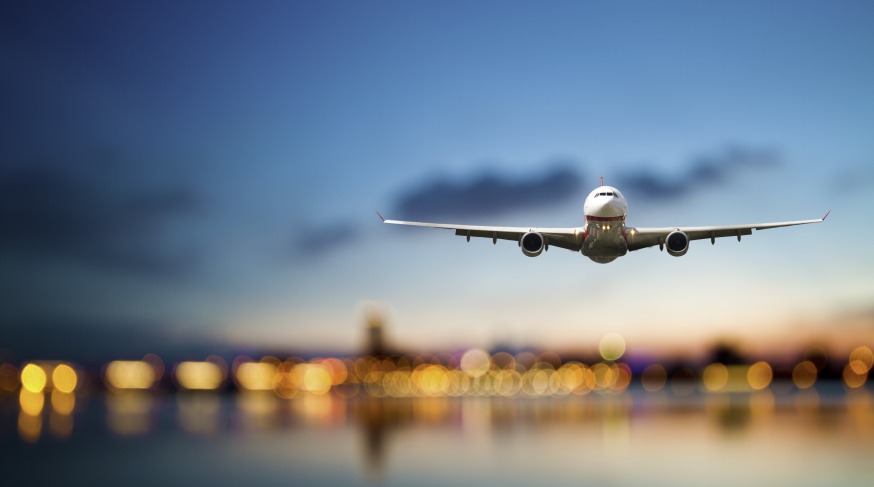
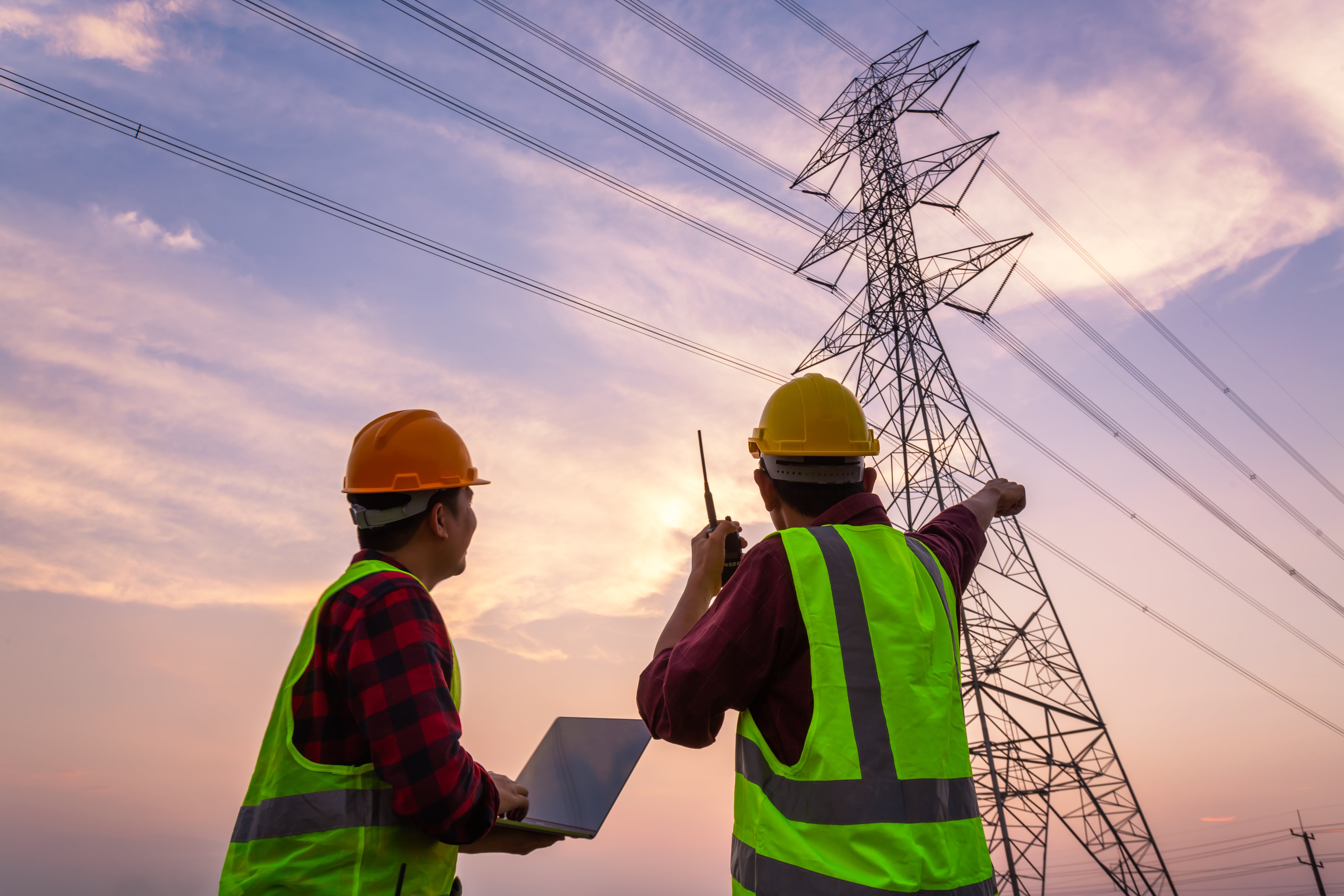


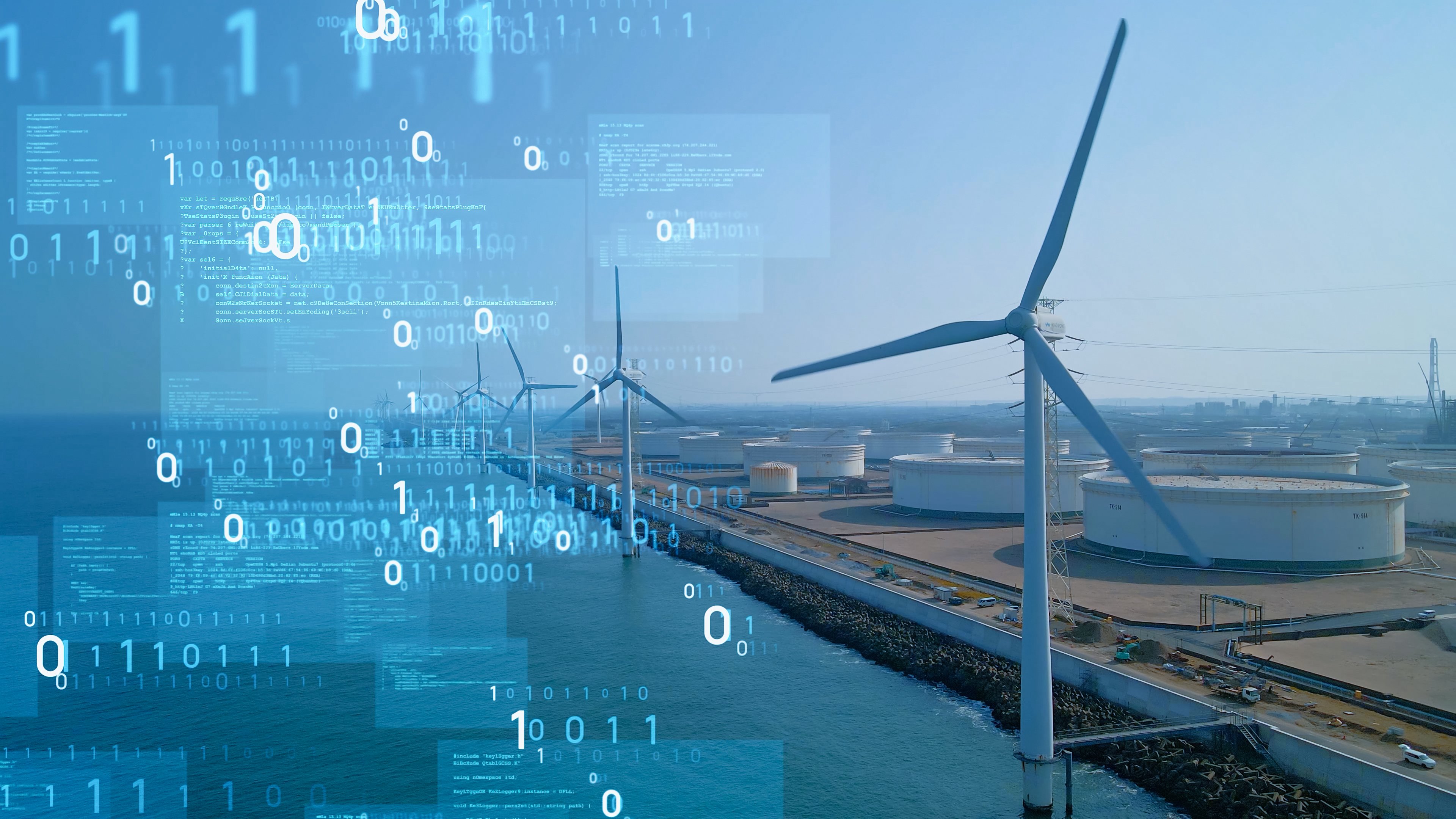

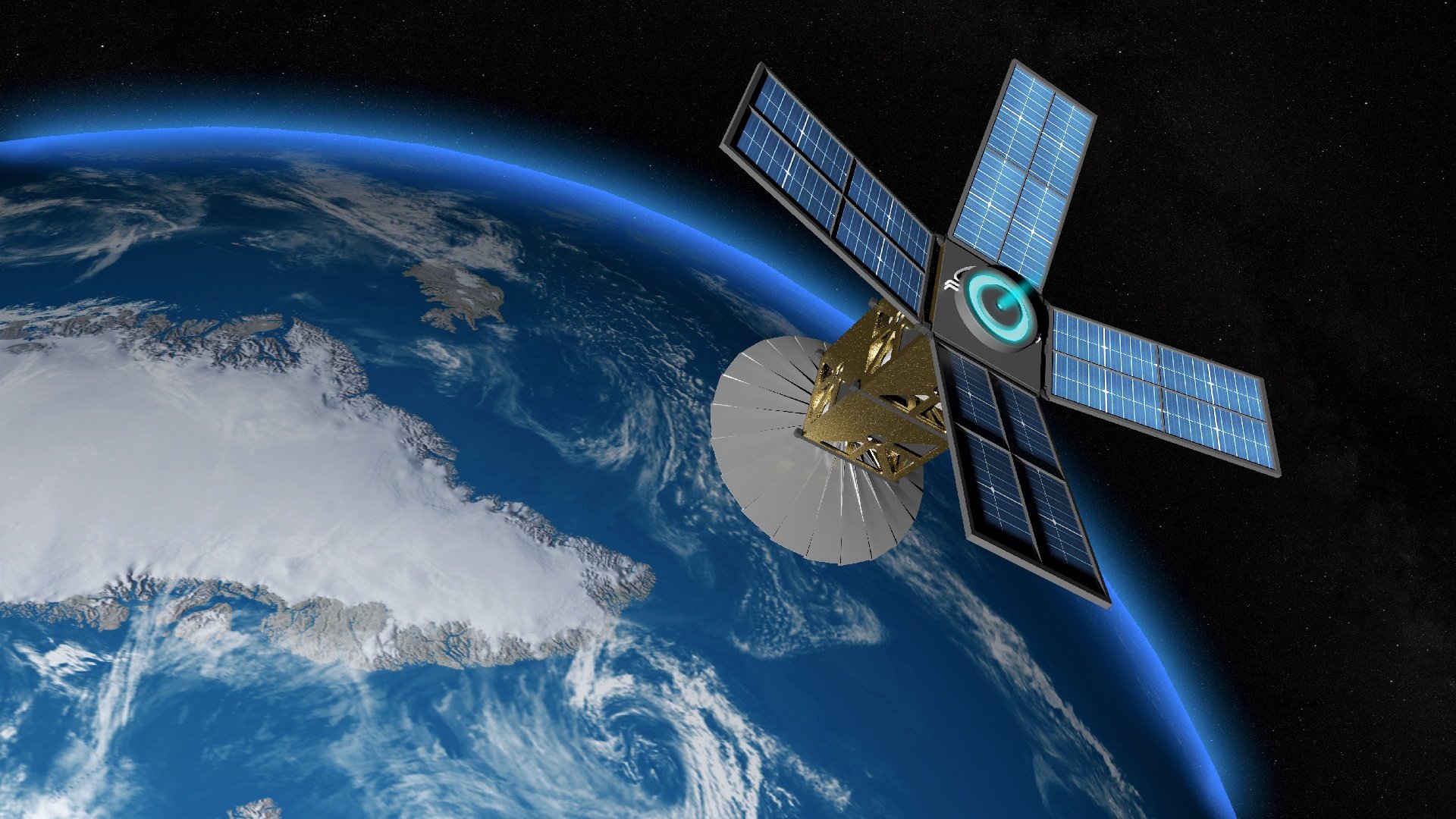
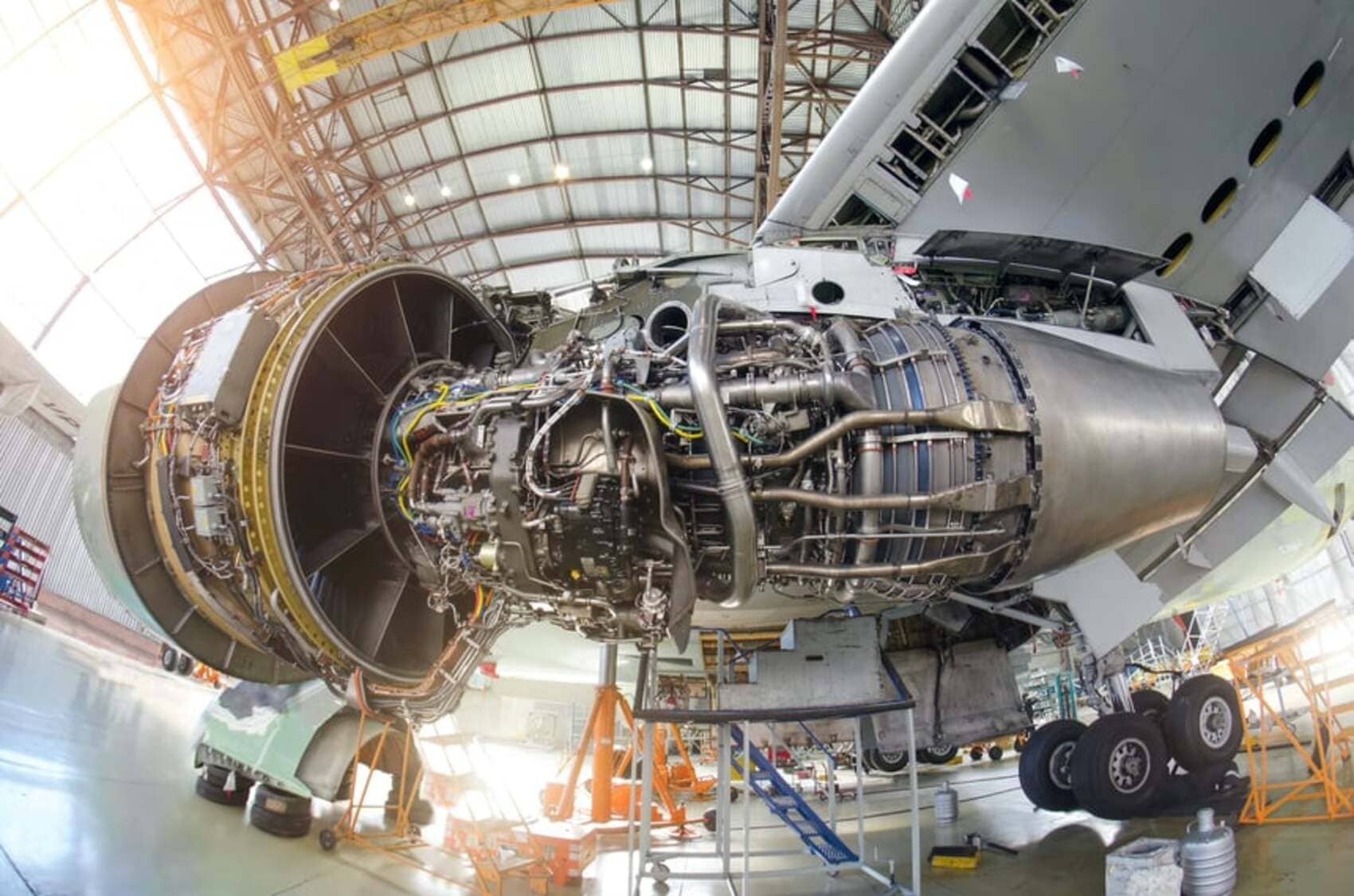

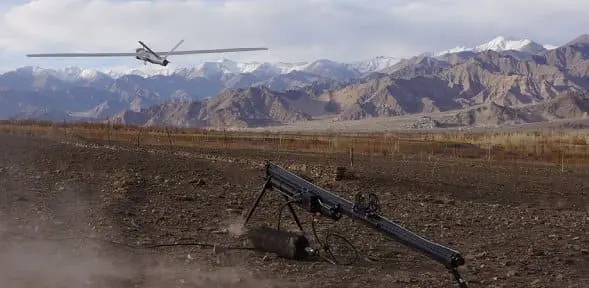


Let Us Know What You Thought about this Post.
Put your Comment Below.